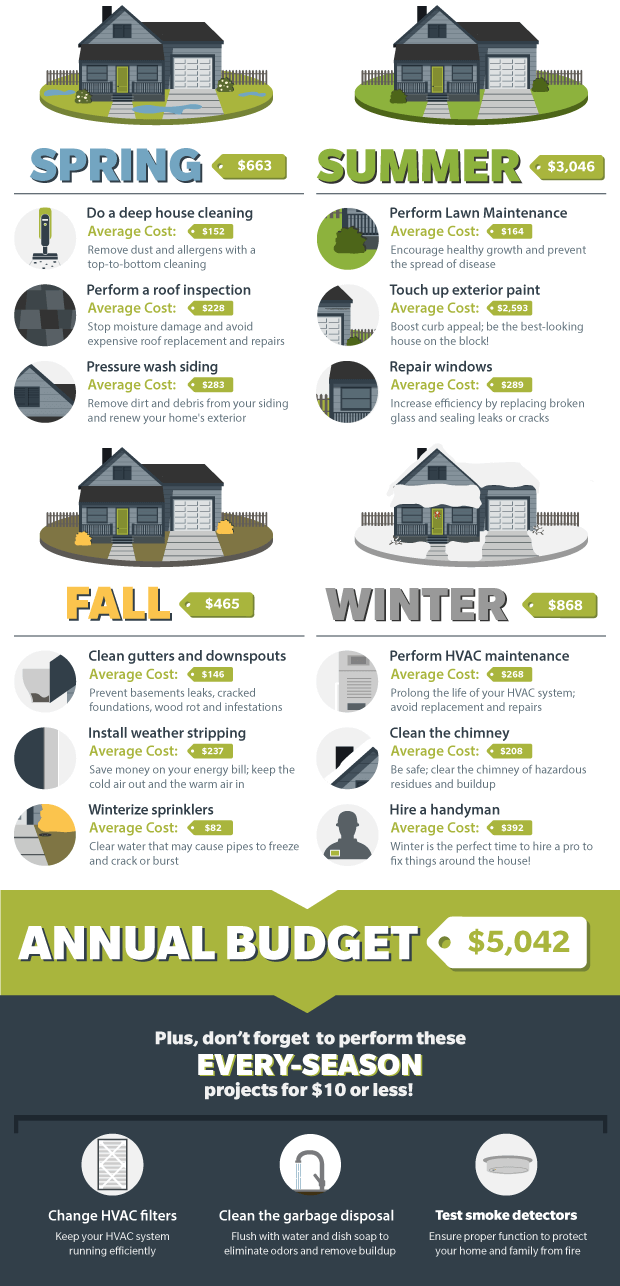The Feature Of Roof Ventilation In Ensuring A Successful Installment
The Feature Of Roof Ventilation In Ensuring A Successful Installment
Blog Article
Author-Caldwell Walls
When you're taking on a roof covering job, you might not believe much regarding roofing ventilation, but it's more important than you realize. Effective air flow assists control temperature level and dampness in your attic room, preventing issues like mold and mildew and architectural damage. By understanding exactly how to make and install a well balanced air flow system, you can boost energy performance and prolong the life expectancy of your roof materials. So, what are the key elements to take into consideration during setup that can make all the distinction?
Relevance of Roof Covering Air Flow
Roof covering air flow plays a crucial duty in maintaining the total health of your home. By permitting metal roofers in san antonio tx to flow via your attic room, it helps manage temperature and dampness levels. This balance is essential to prevent warm buildup throughout hot months, which can cause enhanced power prices as your air conditioning works overtime.
Moreover, appropriate ventilation significantly decreases the risk of moisture-related issues like mold and mold. If moisture levels rise, your home's architectural integrity can be jeopardized, bring about costly repair work. You wouldn't want to deal with decomposing timber or distorted roof materials, right?
In addition, adequate air flow extends the life-span of your roof. When heat and moisture are kept in check, your roofing system can execute optimally, avoiding early wear and tear. This indicates fewer headaches and costs down the line.
How Roof Covering Ventilation Functions
Effective roof covering ventilation relies upon the all-natural motion of air to develop a balance in between consumption and exhaust. When you mount vents, you're essentially allowing fresh air to enter your attic while making it possible for hot, stale air to escape. home remodeling in san antonio, tx helps manage temperature level and dampness degrees, avoiding problems like mold growth and roof damage.
Consumption vents, typically discovered at the eaves, reel in amazing air from outdoors. At the same time, exhaust vents, situated near the ridge of the roofing, let hot air surge and exit. The distinction in temperature level develops a natural airflow, referred to as the stack result. As warm air increases, it produces a vacuum that pulls in cooler air from the reduced vents.
To optimize this system, you need to ensure that the consumption and exhaust vents are effectively sized and positioned. If the intake is limited, you will not achieve the preferred ventilation.
Also, inadequate exhaust can catch warmth and wetness, resulting in potential damage.
Secret Setup Considerations
When setting up roofing system air flow, several crucial factors to consider can make or break your system's effectiveness. Initially, you need to evaluate your roofing system's layout. The pitch, shape, and products all affect airflow and ventilation selection. Make certain to select vents that suit your roofing system type and regional environment problems.
Next, take into consideration the placement of your vents. Preferably, you'll want a well balanced system with consumption and exhaust vents positioned for optimal airflow. Location consumption vents short on the roof covering and exhaust vents near the peak to encourage a natural circulation of air. This configuration assists avoid dampness accumulation and advertises energy effectiveness.
Do not forget about insulation. Appropriate insulation in your attic room stops heat from getting away and keeps your home comfortable. Guarantee that insulation does not block your vents, as this can impede air flow.
Lastly, think about upkeep. Select air flow systems that are very easy to gain access to for cleansing and examination. Regular upkeep ensures your system continues to function effectively over time.
Final thought
Finally, roof ventilation is important for a successful installation. By window contractor san antonio tx , you can prevent warmth accumulation and moisture concerns that result in pricey damages. When you strategically position intake and exhaust vents, you enhance energy efficiency and prolong the lifespan of your roof. Keep in mind, a well-ventilated roofing not only secures your financial investment however also improves your interior air high quality. So, prioritize ventilation to ensure a durable and cost-effective roofing system for your home.
